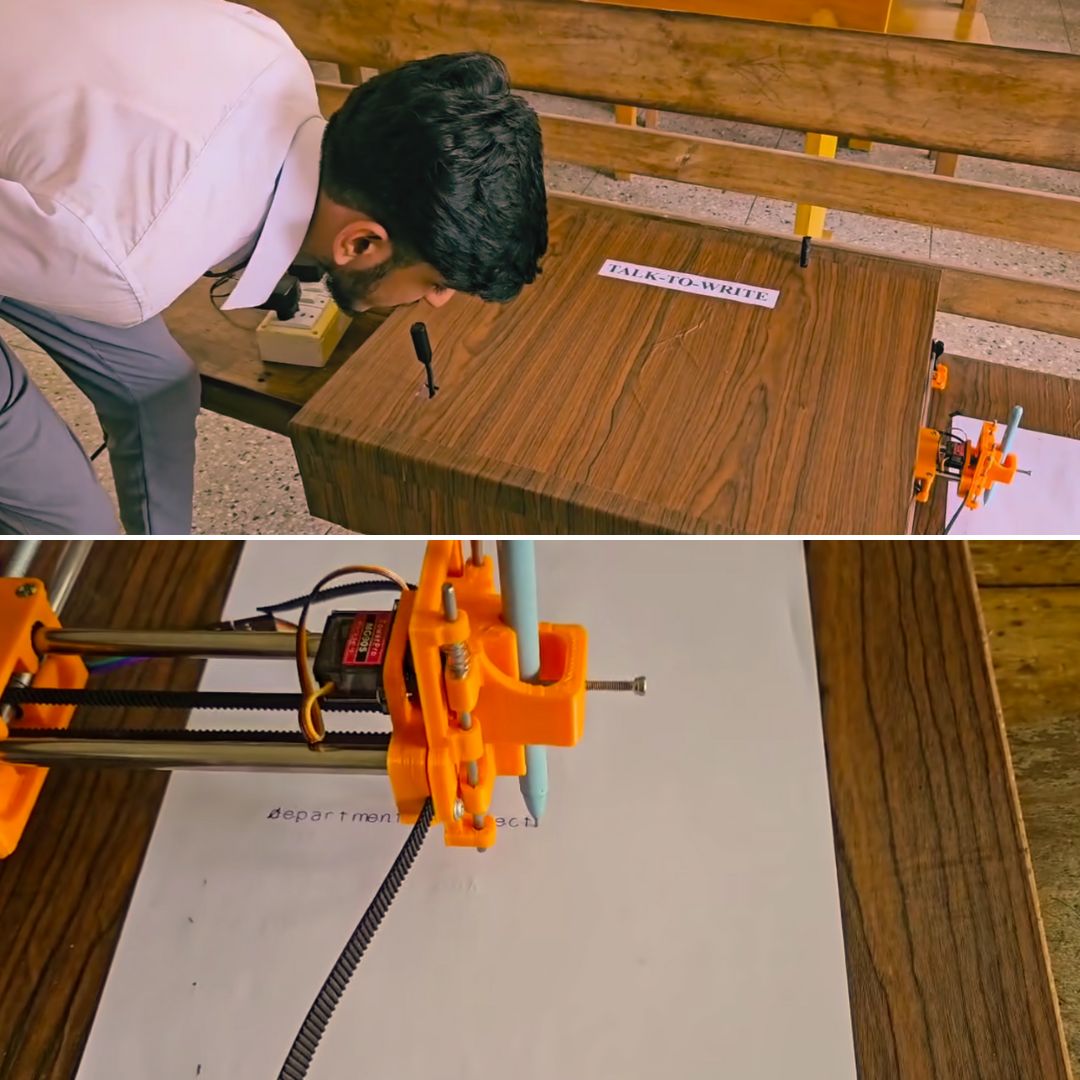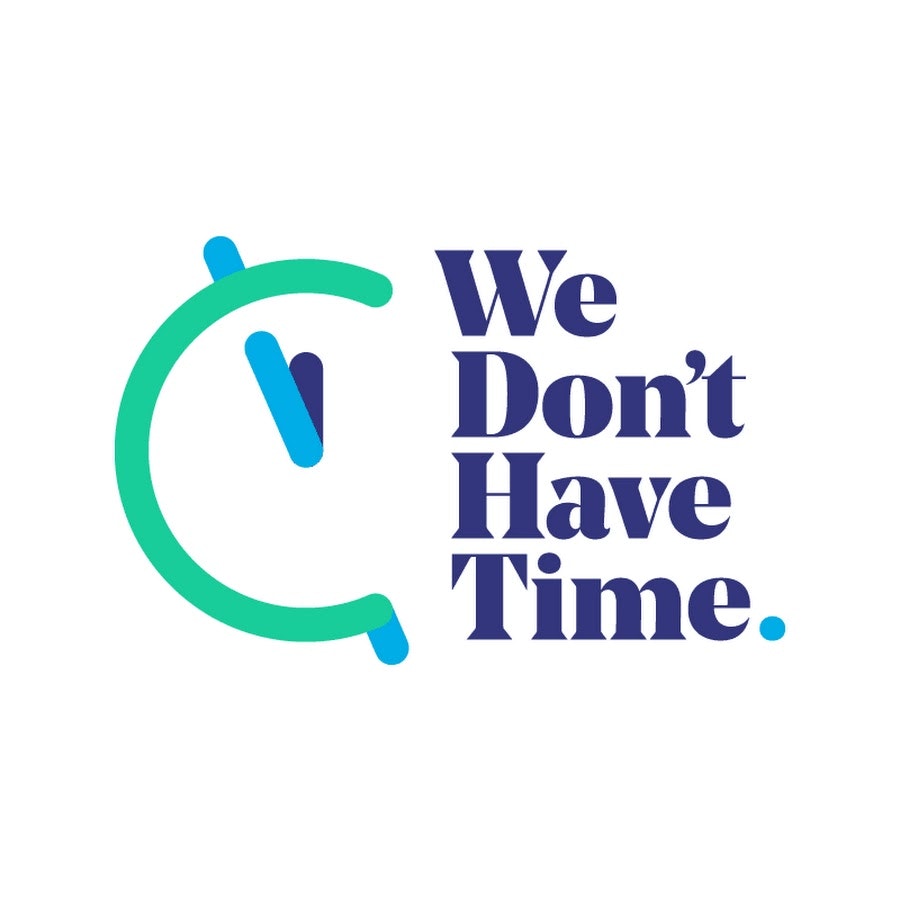Ajay H, a promising young engineering student from Kerala, has developed an innovative AI-powered device called ‘Talk To Write’ that accurately replicates a student’s handwriting to write homework assignments on paper. A viral video showcasing the device’s real-time writing capabilities has garnered over 4.7 million views on social media, drawing widespread admiration as well as concerns about ethical use in education.
Ajay H presented his AI-powered tool ‘Talk To Write’ at the Ente Keralam Expo 2025, where he and his student team amazed audiences with the device’s ability to turn speech into handwritten homework, garnering widespread attention and acclaim.
Ajay’s invention highlights the growing role of artificial intelligence in learning and sparks vital conversations about balancing technological advancement with integrity and personal effort. While officials have not yet commented, the discussion continues to gain traction across online platforms.
Revolutionising Homework: The Birth of ‘Talk To Write’
The brain behind this cutting-edge tool is Ajay H, a 22-year-old engineering student from Kerala, who combined his passion for technology and problem-solving to ease the burden of homework for students. Ajay’s ‘Talk To Write’ tool employs AI algorithms that first scan and learn a student’s unique handwriting style from samples.
The machine then physically writes assignments, mimicking the handwriting so closely that it is virtually indistinguishable from the student’s own script.
Impact and Reactions: Innovation Meets Controversy
The video of the device in action struck a chord, sparking a variety of reactions globally. Many praised Ajay’s ingenuity, seeing it as a breakthrough that could revolutionise how students approach homework. Comments like, “This is revolutionary! It shows the power of Indian innovation,” have flooded social media.
However, educators and parents have voiced apprehensions, warning that such technology could inadvertently promote academic dishonesty by making it easier to avoid the learning process itself. Several teachers highlighted potential risks, including diminishing handwriting skills and reduced engagement with study material.
Educational experts call for clear guidelines on AI usage in classrooms to ensure ethical standards are maintained alongside technological growth.
The Road to Innovation: Context and Background
Ajay’s invention emerges amid a broader global trend of AI integration in education, where technology is increasingly used to customise learning, automate administrative tasks, and improve accessibility. Yet, with this rise comes debate on preserving fundamental skills and values.
While AI tools can free students from mundane activities, they also challenge traditional notions of effort and ownership of work.
Several schools worldwide have begun updating their policies to address how AI tools should be responsibly used by students. Ajay’s invention, by replicating handwriting, pushes this dialogue further into new territory, emphasising the need to adapt educational philosophies in the digital age.
The Logical Indian’s Perspective
At The Logical Indian, we celebrate Ajay’s courage, creativity, and commitment to improving education through smart innovation. However, we also underscore the importance of integrating such technologies thoughtfully, safeguarding values of integrity, hard work, and personal growth.
Embracing AI should not mean compromising ethical standards or diminishing the richness of the learning experience.











